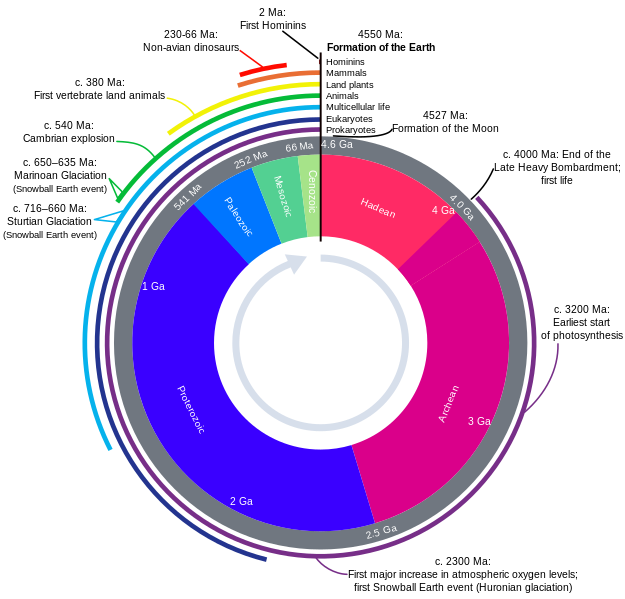
Posted on 02/15/2013 10:36:13 AM PST by Red Badger
An asteroid measuring up to 20km across hit South Australia up to 360 million years ago and left behind the one of the largest asteroid impact zones on Earth, according to new research published today.
The impact zone in the East Warburton Basin was buried under nearly four kilometres of earth, said Dr Andrew Glikson, a visiting fellow to the Australian National University's Planetary Science Institute and a co-author of the paper. "It's significant because it's so large. It's the third largest impact terrain anywhere on Earth found to date," Dr Glikson said. "It's likely to be part of a particular cluster that was linked with a mass extinction event at that time." Dr Glikson published his findings in a paper in the journal Tectonophysics, co-authored by ANU colleagues Dr John Fitzgerald and Dr Erdinc Saygin and by the University of Queensland's Dr Tonguc Uysal. The team analysed quartz grains drawn from over 200 samples taken from far below the Earth's surface and studied underground seismic anomalies. Dr Glikson said there was a chance that the asteroid that caused the impact zone actually split in two before it hit. "We are studying another anomaly in West Warburton that could well be its twin but we don't know yet." Dr Simon O'Toole, Research Astronomer at the Australian Astronomical Observatory, said the finding was very interesting. "It strengthens the case for the idea that the Chicxulub crater is connected to the mass extinction of the dinosaurs. We are starting to see more evidence that impact events caused mass extinction events," said Dr O'Toole, who was not involved in the research. "Australia is a fantastic place for impact crater hunters because we have huge open space with nothing in it," said Dr O'Toole, adding that the size of the new impact zone was very significant. "It's huge. Most asteroid events are about 100m in diameter." Another asteroid, dubbed 2012 DA14, will pass within 27,700 kilometres from Earth on Saturday, potentially passing communication satellites, but is unlikely to hit the planet.
More information: www.sciencedirect.com/science/article/pii/S0040195113000188
Provided by The Conversation
...give or take a million or two years.......
Debt of Honor?
Debt of Honor?
I knew that Cambrian was older, so decided to go to Wiki. It has an excellent graphic for earth history buffs. Unfortunately the graphic refused to print here, so below is the link. Maybe someone else knows how to make it print, it is a beauty. It shows that 360 mya was at the end of the Devonian and start of the Carboniferous. So that meteor strike probably did cause the significant break between these two.
http://en.wikipedia.org/wiki/Geologic_time_scale
Yes.
That is correct.

Thanks, this is beautiful, but I was hoping for the one with three rows that allows very clear identifying of dates, and lists the Periods and Epochs.
Disclaimer: Opinions posted on Free Republic are those of the individual posters and do not necessarily represent the opinion of Free Republic or its management. All materials posted herein are protected by copyright law and the exemption for fair use of copyrighted works.